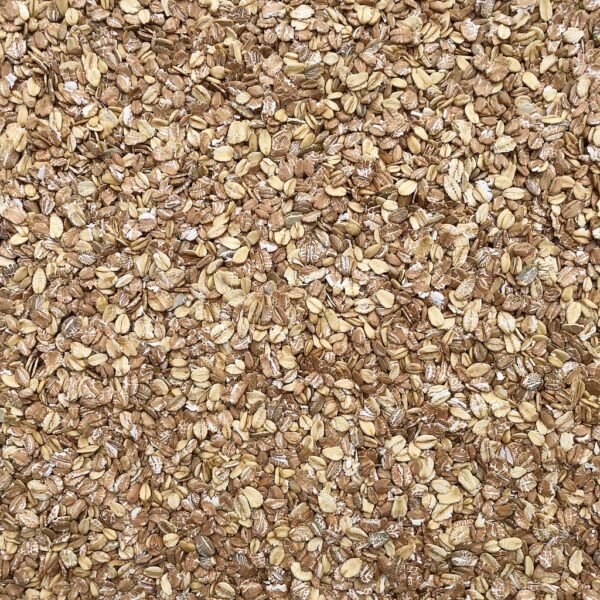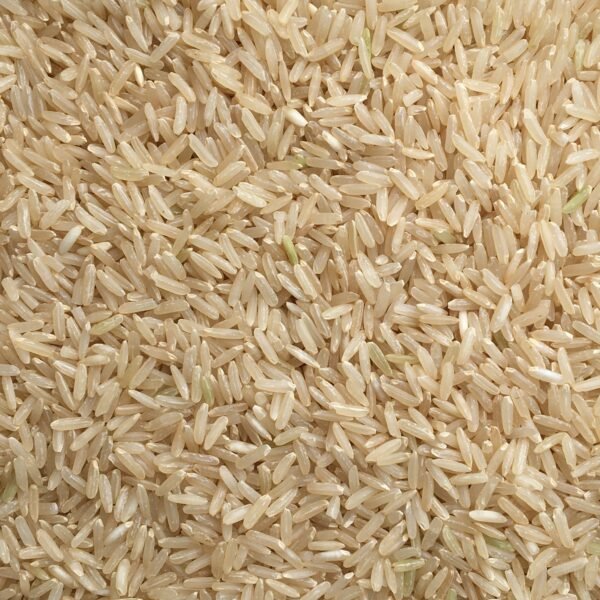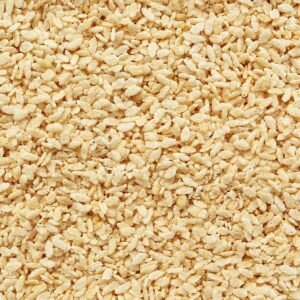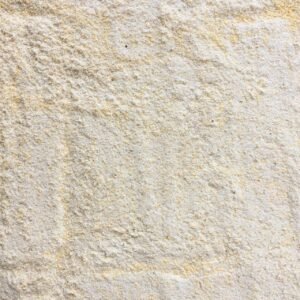- Locate us Easily

-
 98, Moo 9 Yangarm,nongphai Phetchabun 67220 Thailand
98, Moo 9 Yangarm,nongphai Phetchabun 67220 Thailand
-
Botanical Name: Triticum spelta Origin: Canada Production: unprocessed, whole grain Spelt (aka Dinkel in Germany and Farro in Italy) is considered one of the world’s ancient grains and a distant cousin to the common wheat (Triticum aestivum) we are accustomed to today. It was one of the first grains used to make bread and recorded as an important staple in parts of Europe from the Bronze Age to Medieval times. Qualities: although spelt has been cultivated since 5000 B.C., there has been very little breeding of the grain. It has retained wonderful characteristics that allow some wheat intolerant persons the ability to eat it. The gluten strength in spelt is much lower than wheat and therefore easier to digest. Spelt is highly water soluble and allows its nutrients to be easily absorbed by the body. It is naturally high in Vitamin C as well as B Vitamins such as B2, B5, B6, riboflavin, niacin and Vitamins E, A and K. It is also a superb source of fiber and minerals such as manganese, copper, and phosphorus. The total protein content ranges from 10 to 25% which is greater than most common varieties of commercial wheat. Common use: you can cook and serve the whole grain by soaking spelt kernels in water for 1 hour or overnight. Use 1 1/2 cups (8 oz / 250 ml) of water per 1 cup (6 oz / 180g) of berries. Rinse and bring to a boil, adding water to cover as needed. When they have reached a boil, lower to a simmer, cover, and cook until tender, about 30 – 45 minutes, then drain. You can use the cooked spelt in any recipe that calls for rice: salads, soups, stews, etc. Once milled, you can substitute spelt flour in any recipe calling for wheat flour, such as pasta, bread, cookies, crackers or baked goods. Because it is lower in gluten, however, spelt does not rise as well as wheat flour. The gluten in spelt flour is also somewhat unusual in that it breaks down easily, compared to wheat flour which is quite resilient and often requires long kneading time to strengthen its gluten. This means it is important not to over-mix spelt or you may risk having a crumbly texture. Also note that since the starch in spelt is more soluble than wheat, recipes containing spelt flour will frequently require less water than when using wheat flour. Some cooks like to blend spelt flour with wheat flour. Storage: keeps well in a sealed container in a cool, dry, and dark location
Disclaimer: this information is for educational purposes only and has not been evaluated by the FDA or CFIA. It is not intended to diagnose, treat, cure, or prevent any disease. This product has been packaged in the same facility as peanuts, tree nuts, wheat, soy, and other potential allergens. Even though this product has been grown, cleaned and packaged with the utmost care, please be aware that impurities may occur.
Related Products
No account yet?
Create an Account


 Nuts & Dried Fruits
Nuts & Dried Fruits
 Meat & Poultry
Meat & Poultry



 Seeds & Pulses
Seeds & Pulses
 Spices & Herbs
Spices & Herbs
 Beverages
Beverages







